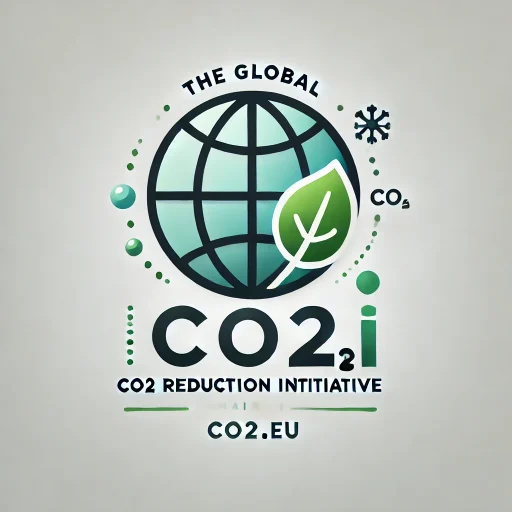Carbon Reduction Activities in Europe: November 10-16, 2025
Executive Summary: The European Union continues to advance its climate agenda with new initiatives aimed at reducing carbon emissions. Recent developments include the finalization of the 2040 emissions reduction target, discussions on the expansion of the emissions trading system, and the integration of international carbon credits. These efforts are part of the EU’s broader strategy to achieve climate neutrality by 2050.
Introduction
During the week of November 10-16, 2025, the European Union (EU) announced several key initiatives as part of its ongoing efforts to reduce carbon emissions and achieve climate neutrality by 2050. These activities are crucial in the context of the upcoming COP30 climate summit, where the EU aims to demonstrate its leadership in global climate action.
Finalization of the 2040 Emissions Reduction Target
The European Parliament approved a proposal to reduce greenhouse gas emissions by 90% by 2040 compared to 1990 levels. This decision marks a significant step towards the EU’s 2050 net-zero goal. However, the agreement includes flexibilities such as the use of high-quality international carbon credits, which some environmental groups argue could undermine the effectiveness of the target. The measure will now proceed to final negotiations with member states before being adopted into law.
Source: Carbon Herald
Expansion of the Emissions Trading System
Discussions continued regarding the expansion of the EU’s emissions trading system (ETS) to cover additional sectors such as buildings and road transport. Originally planned for 2026, the expansion has been delayed to 2028. This delay is part of a broader compromise to balance economic considerations with environmental goals.
Source: Carbon Herald
Integration of International Carbon Credits
From 2036 onward, up to 5% of the emissions reduction target may be met through high-quality international carbon credits. This increase from the initially proposed 3% is intended to provide flexibility in achieving the 2040 target. However, it has raised concerns among environmental advocates about the potential for credits to replace genuine domestic emissions reductions.
Source: Carbon Herald
Conclusion
The announcements made during this period reflect the EU’s ongoing commitment to reducing carbon emissions and achieving climate neutrality by 2050. While the new initiatives demonstrate significant progress, the inclusion of flexibilities such as international carbon credits highlights the challenges of balancing ambitious climate goals with economic and political realities. As the EU prepares for the COP30 summit, these developments will be closely watched by the international community.


Recent Comments